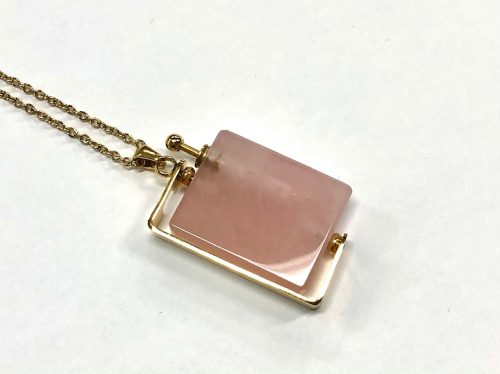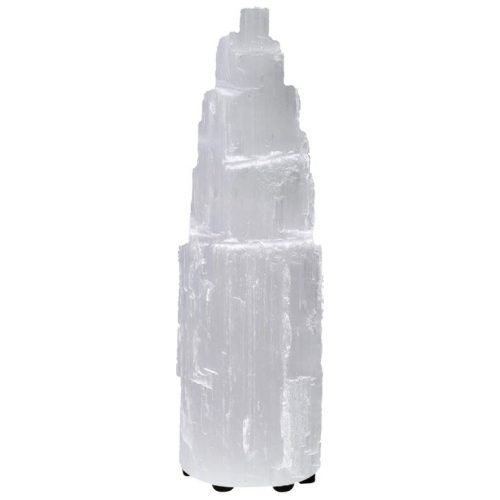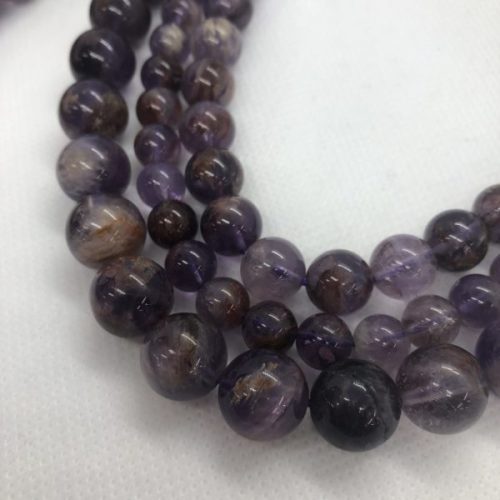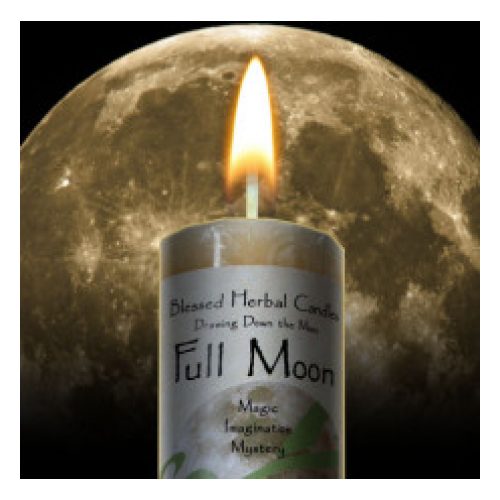Description
Reiki symbols are used in the practice of Usui reiki, an alternative form of healing developed nearly 100 years ago in Japan by Mikao Usui. The word reiki is derived from two Japanese words: rei and ki. Rei means “higher power” or “spiritual power.” Ki means “energy.” Put together, reiki can be loosely translated as “spiritual life force energy.”
Reiki healers practice attunement (sometimes called initiation) by moving their hands over the body along the lines of the five traditional symbols. These gestures manipulate the flow of universal energy called ki (or qi) through the body with the goal of promoting physical or mental healing.
Reiki symbols do not hold any special power themselves. They were devised as teaching tools for reiki students. It is the intention of the practitioner’s focus that energizes these symbols. The following five reiki symbols are considered the most sacred. Each may be referred to by its Japanese name or by its intention, a symbolic name that represents its purposes in the practice.
The Power Symbol
:max_bytes(150000):strip_icc():format(webp)/reiki-flkr-spiralstairs-stew-dean-power.-symbol-58b983c15f9b58af5c4b33a4.jpg)
:max_bytes(150000):strip_icc():format(webp)/reiki-flkr-stormynight-irisb477-stamp-58b983bc5f9b58af5c4b3326.jpg)
The sei hei ki symbolizes harmony. Its intention is purification, and it is used for mental and emotional healing. The symbol resembles a wave washing across a beach or the wing of a bird in flight, and it is drawn with a sweeping gesture. Practitioners may use this intention during treatments for addiction or depression in order to restore the body’s spiritual equilibrium. It may also be used to help people recover from past physical or emotional trauma or to unblock creative energies.
:max_bytes(150000):strip_icc():format(webp)/reiki-flkr-cathedral-rik-ohare-58b983b73df78c353cdf02da.jpg)
Hon sha ze sho nen is used when sending qi across long distances. Its intention is timelessness, and it is sometimes called pagoda for the tower-like appearance of the characters when written out. In treatments, the intention is used to bring people together across space and time. Hon sha ze sho nen can also transform itself into a key that will unlock the Akashic records, which some practitioners believe to be a source of all human consciousness. It is an essential tool for the reiki practitioner working on inner-child or past-life issues with clients.
:max_bytes(150000):strip_icc():format(webp)/reiki-flkr-gardenpath-brenda-starr-stamp-58b983b03df78c353cdf024e.jpg)
Dai ko myo, the master symbol, represents all that is reiki. Its intention is enlightenment. The symbol is used by reiki masters only when attuning initiates. It is the symbol that heals the healers by combining the power of the harmony, power, and distance symbols. It is the most complex of the symbols to draw with the hand during a reiki session.
Disclaimer: The information contained on this site is intended for educational purposes only and is not a substitute for advice, diagnosis or treatment by a licensed physician. You should seek prompt medical care for any health issues and consult your doctor before using alternative medicine or making a change to your regimen.








